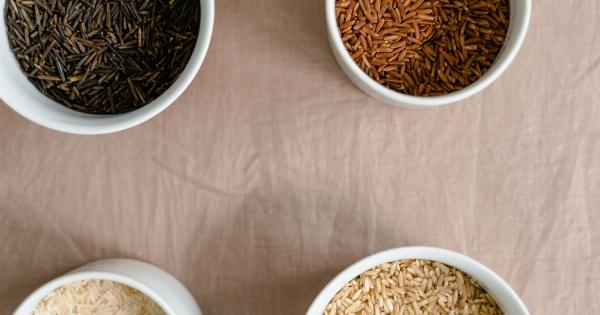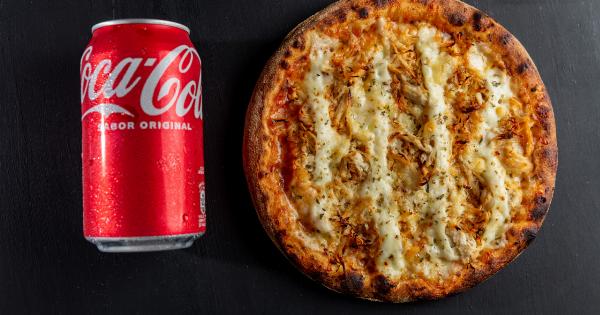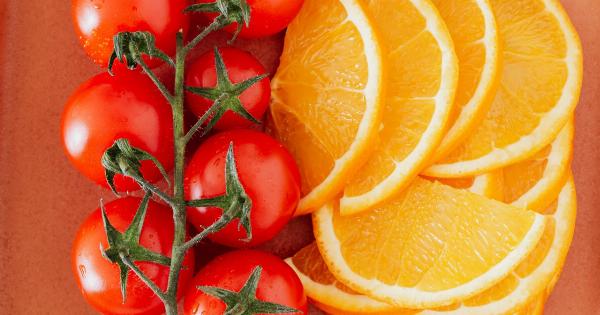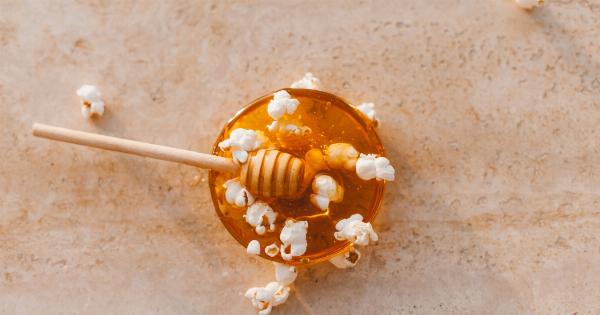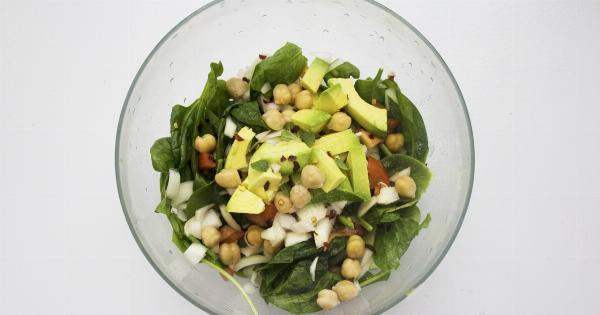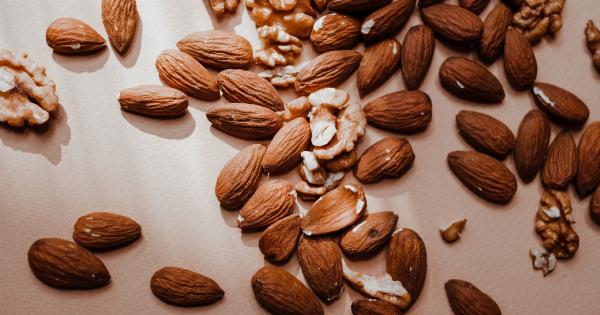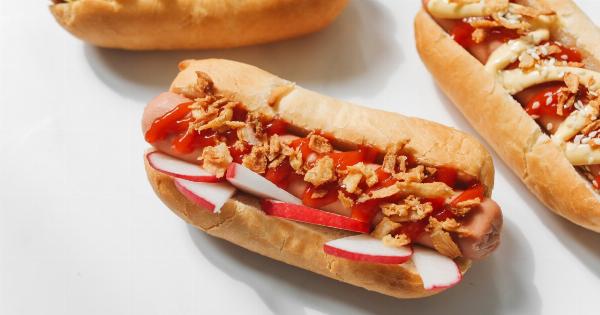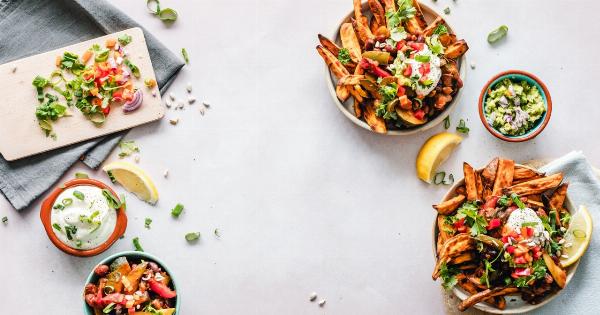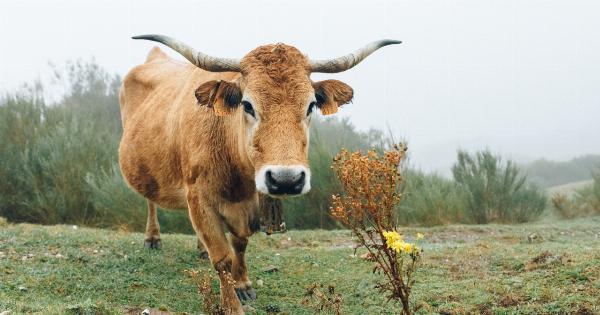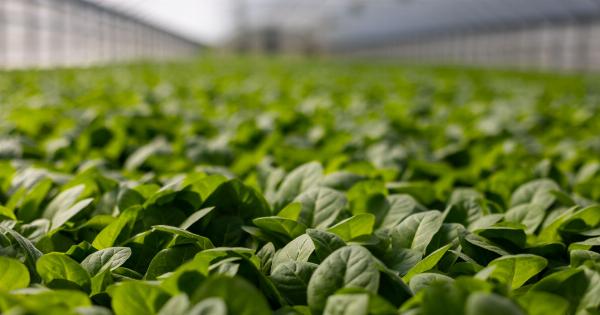Freezing is a commonly used method for preserving food, as it helps extend its shelf life while maintaining its taste and texture.
However, have you ever wondered how freezing affects the nutritional value of food? In this article, we will explore the various ways in which freezing can impact the nutrients present in our food.
1. Retention of Nutrients
Freezing is known to be one of the best preservation methods when it comes to retaining the nutritional value of food. When food is frozen, the process of freezing slows down the enzymatic reactions that lead to nutrient degradation.
As a result, many of the vitamins and minerals present in the food are preserved.
2. Loss of Water-Soluble Vitamins
While freezing can help retain most of the nutrients in food, it is not without some drawbacks. One of the major nutrient losses during freezing occurs with water-soluble vitamins, such as vitamin C and the B-vitamins.
These vitamins are more vulnerable to degradation when exposed to air and water, both of which are present in frozen foods. Hence, freezing can cause a decrease in the levels of these vitamins.
3. Sensitivity to Oxygen
Oxygen can also play a role in nutrient degradation during freezing. Some vitamins, like vitamin A and vitamin E, are sensitive to oxygen.
When food is exposed to air during the freezing process, these vitamins can undergo oxidation and lose their nutritional value. To minimize this effect, it is important to store frozen foods in airtight containers or use vacuum-sealed packaging.
4. Effect on Protein Quality
Freezing can also impact the quality of proteins present in food. Proteins are composed of amino acids, and freezing can cause the formation of ice crystals that may disrupt the protein structure.
This structural damage can lead to a loss of protein quality. However, the degree of damage can vary depending on the specific food and freezing conditions.
5. Texture Changes
When food is frozen, water inside its cells forms ice crystals. These ice crystals can cause damage to the structure of the food, particularly fruits and vegetables. As a result, the texture of the food may change once it is thawed.
For example, frozen fruits may become mushy, and frozen vegetables may lose their crispness. Despite these changes, the nutritional value of the food remains relatively intact.
6. Freezer Burn
Freezer burn is a common issue that can affect frozen food. It occurs when the food is exposed to air in the freezer, leading to dehydration and the formation of dry, discolored patches on the surface.
While freezer burn does not pose a health risk, it can affect the taste and texture of the food. Nutrient loss due to freezer burn is generally minimal.
7. Loss of Flavor
Freezing can also affect the flavor of food. Some volatile compounds responsible for flavor can be lost during the freezing and thawing processes. However, the extent of flavor loss varies among different foods.
The use of high-quality packaging and proper storage techniques can help minimize flavor changes.
8. Minimizing Nutrient Loss During Freezing
Although freezing can lead to some nutrient loss, there are ways to minimize this impact. Here are some tips:.
- Blanch vegetables before freezing them to help preserve their flavor, texture, and nutritional value.
- Choose fruits and vegetables at their peak ripeness, as they will have the highest nutrient content before freezing.
- Use high-quality packaging, such as freezer bags or airtight containers, to minimize nutrient loss due to exposure to air or moisture.
- Label and date your frozen foods to ensure that they are consumed within a reasonable time frame, as long-term freezing can lead to nutrient degradation.
- Follow proper thawing methods, such as defrosting food in the refrigerator, to minimize nutrient loss during the thawing process.
9. Conclusion
Freezing is an effective method for preserving food while retaining its taste and nutritional value. Although freezing may cause some nutrient loss, its impact can be minimized through proper storage and handling techniques.
By understanding how freezing affects the nutritional value of food, we can make informed choices about the preservation and consumption of frozen foods.








